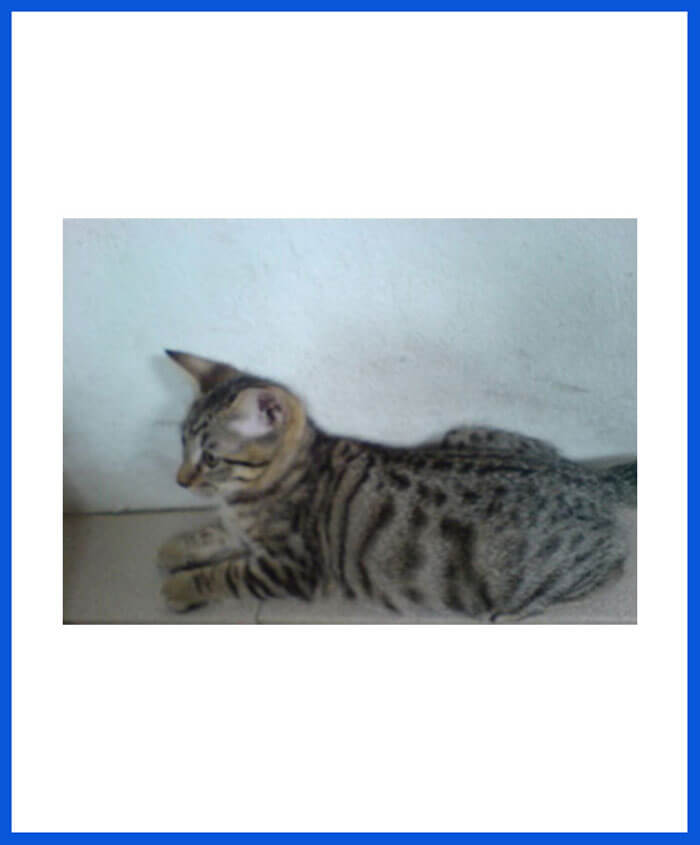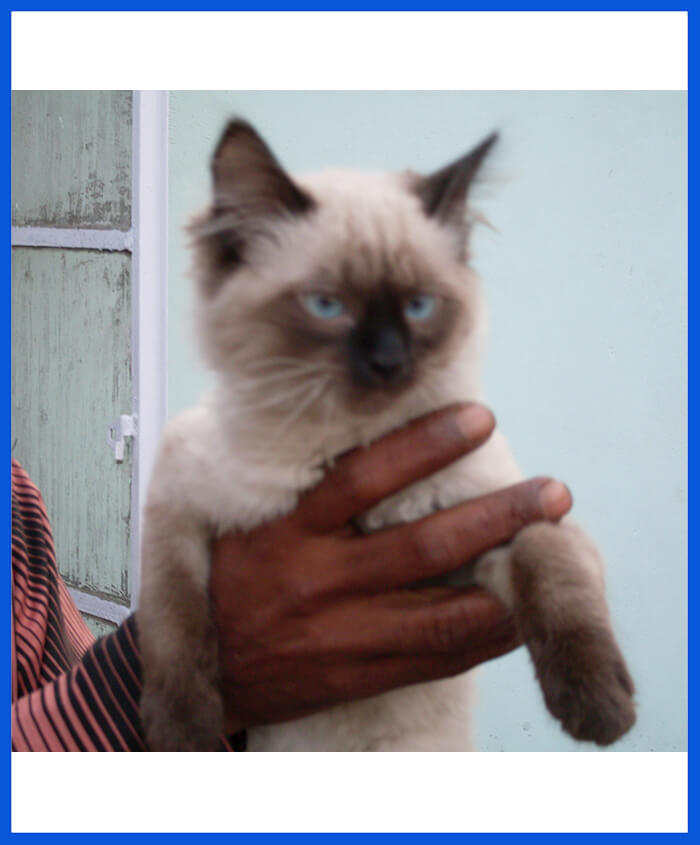The African Grey parrot, is a favourite among parrot owners. They are known best for their excellent speaking and vocal ability. A grey body, black beak and striking red tail make for one bright, extremely intelligent parrot. They are capable of learning over 2000 words. The Timneh Grey is an African subspecies. They are smaller in size and have a darker grey body, a coloured beak and maroon tail. African Grey parrots are somewhat shy and cautious but once the caregiver wins their love and trust, they are devoted and loyal companions.
BREEDING : The natural breeding season for African Greys is from spring to winter, although captive bred Africans will breed all year long. They are sexually mature at 3 to 5 years of age. The female hen will typically lay between three to five eggs. Incubation time is 28 to 30 days. When pulling chicks for hand-feeding, it is best to leave them in the nest with the parents for 2 to 3 weeks. This will ensure they are receiving a strong and healthy start life.
Considered one of the most intelligent parrots in the parrot family, African Greys demand affection and stimulating activities. They will thrive well if given a balanced amount of playtime outside of their cage daily.They require several toys throughout the day to satisfy their need to learn and chew. African Grey parrots should be given a spacious cage, no smaller than 36x36x36 inches.
This species is prone to feather plucking if the nutritional and emotional needs are not met. These intelligent birds will live for sixty years.
DIET: Feeding an African Grey parrot the right food is very important because it discloses their health, stress level and ability to learn how to talk. African Grey parrots are very different from other bird species because they have their own choice, different diet pattern and eat different kinds of food.
Depending on how you teach them, some African Grey parrot only eat soft food while others only eat hard fruit, vegetables etc. So it is your duty as their owner to change their diet and give them a wide variation of fruits and vegetables to see what your African Grey parrot likes best.
Be aware that most African Grey parrots fall ill and sick because they eat food that contains less calcium so it is very important to give them a good balance of calcium from food .Calcium diet can make your African Grey parrot healthy and greatly reduce stress levels that cause feather plucking and squeaking. You must try to give them calcium supplements for around two to three times in a week. Most African parrots do not consume too much water since their bodies retain water from the various fruits they eat.
A healthy African Grey parrot can learn and respond to speech training quickly and efficiently.
Choosing the Right Cage
It is highly important to choose a cage suitable for an African Grey parrot. There is an abundance of different cages for parrots. Parrot cages also come in a variety of different shapes - rectangle, square and round. However, it is important that you do not choose a round cage for your African Grey parrot as this has been known to cause psychological and orientation problems. Another consideration when buying a cage for your African Grey parrot is the width between the bars. They should not be so wide that the African Grey parrot traps his head in between the bars. As far as the size of the cage is concerned, generally speaking - the larger the better.
Another design consideration is whether or not the cage opens up at the top. One benefit of this is that if the cage opens up at the top, your grey parrot will be able to climb on to a high perch, giving the bird more confidence. It will also give it access to the room if it wishes to fly about a bit.














